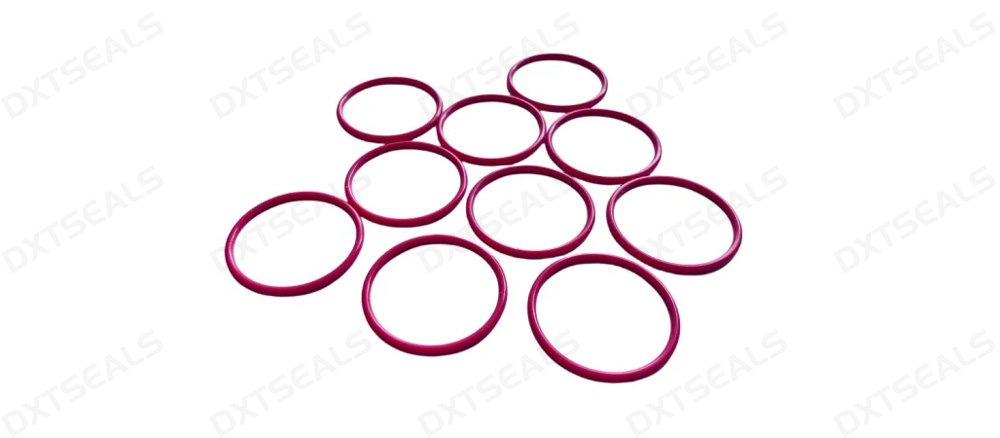
The lifespan of rubber gaskets is a crucial factor in ensuring the efficiency and reliability of sealing solutions across various industries. Different rubber materials exhibit distinct properties that significantly influence their durability and longevity. In this article, we will compare the lifespans of various rubber gasket materials, helping you choose the right option for your applications.
1. Understanding Gasket Lifespan
The lifespan of a rubber gasket depends on several factors, including:
- Material properties: Different rubber compounds have varying resistance to temperature, pressure, chemicals, and environmental conditions.
- Operating conditions: Exposure to extreme temperatures, aggressive chemicals, and physical wear can all affect a gasket's longevity.
- Installation quality: Proper installation and maintenance practices can significantly extend the life of a gasket.
2. Common Rubber Gasket Materials and Their Lifespans
Here’s a comparison of some common rubber gasket materials and their typical lifespans:
- Nitrile Rubber (NBR): NBR gaskets generally last between 5 to 10 years in environments where they are exposed to oils and fuels. However, they may degrade more quickly in high-temperature or ozone-rich environments.
- Fluoroelastomer (FKM): Known for its outstanding chemical resistance and temperature tolerance, FKM gaskets can last 10 to 15 years or more, especially in harsh environments. Their durability makes them a preferred choice for chemical processing applications.
- Ethylene Propylene Diene Monomer (EPDM): EPDM gaskets have a lifespan of approximately 10 to 15 years, especially in outdoor applications. Their resistance to ozone and weathering contributes to their longevity.
- Silicone: Silicone gaskets can last between 10 to 20 years, thanks to their excellent temperature tolerance and flexibility. They are commonly used in food and medical applications where high hygiene standards are required.
- Polyurethane: While less common, polyurethane gaskets can last around 5 to 10 years. Their durability and resistance to wear make them suitable for dynamic applications, though they may not withstand all chemicals.
3. Factors Affecting Gasket Lifespan
The actual lifespan of a rubber gasket can be influenced by several external factors, including:
- Chemical exposure: Gaskets in contact with harsh chemicals may experience accelerated degradation.
- Temperature fluctuations: Extreme temperature changes can weaken the material, affecting its sealing capabilities.
- Mechanical stress: Compression, shear, and dynamic movement can all impact the longevity of rubber gaskets.
4. Best Practices for Extending Gasket Lifespan
To maximize the lifespan of rubber gaskets, consider the following best practices:
- Choose the right material: Assess the specific requirements of your application to select the most suitable gasket material.
- Ensure proper installation: Follow manufacturer guidelines for installation to prevent damage and ensure a secure fit.
- Conduct regular inspections: Regularly check gaskets for signs of wear or degradation, allowing for timely replacements to prevent leaks.
5. Conclusion
Understanding the lifespan of different rubber gasket materials is essential for making informed choices in sealing applications. By comparing the properties and expected lifespans of materials like NBR, FKM, EPDM, silicone, and polyurethane, you can select the right gasket for your specific needs. Implementing best practices in material selection, installation, and maintenance will further enhance the durability and reliability of your sealing solutions.
